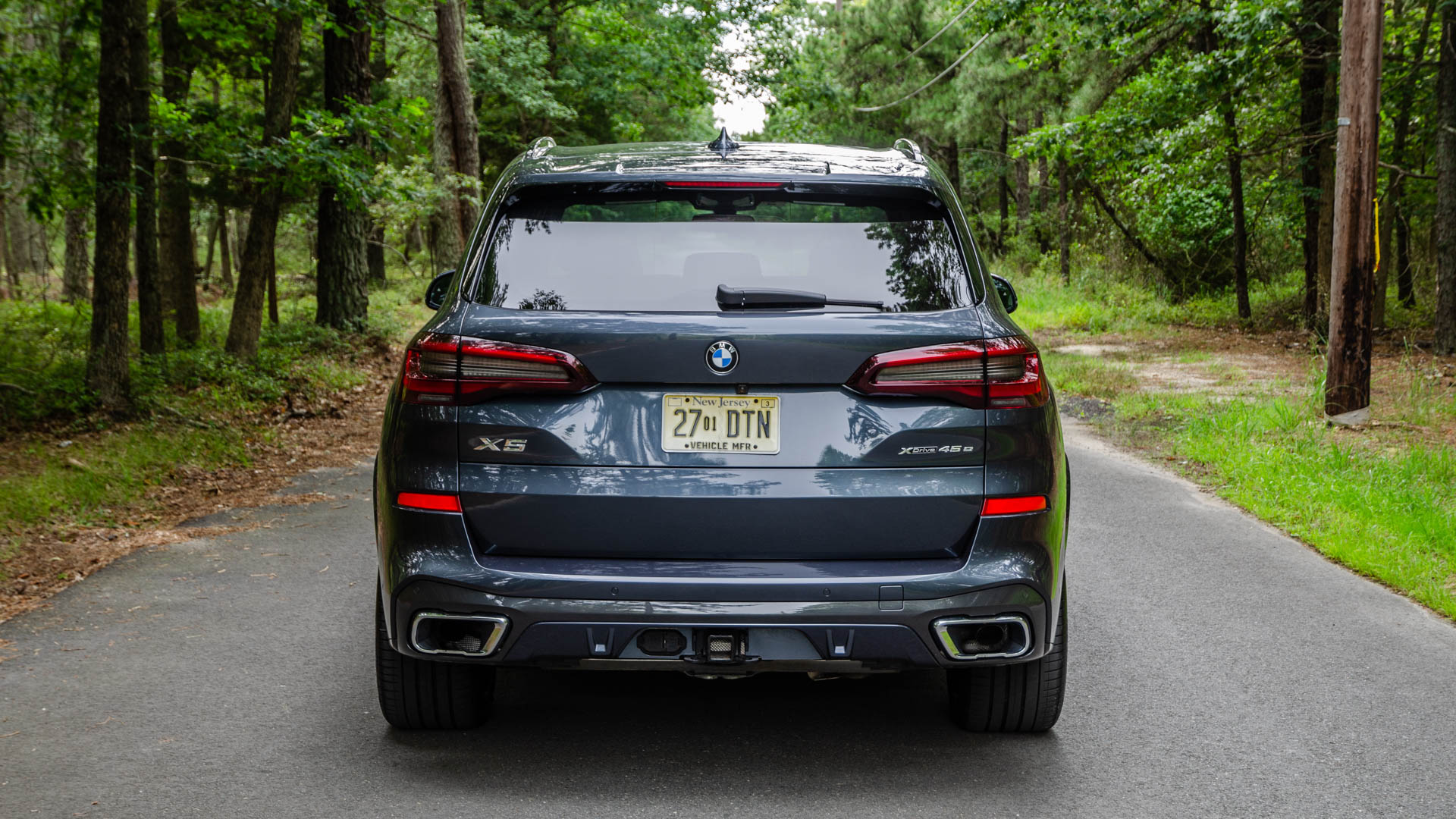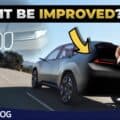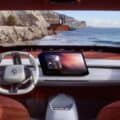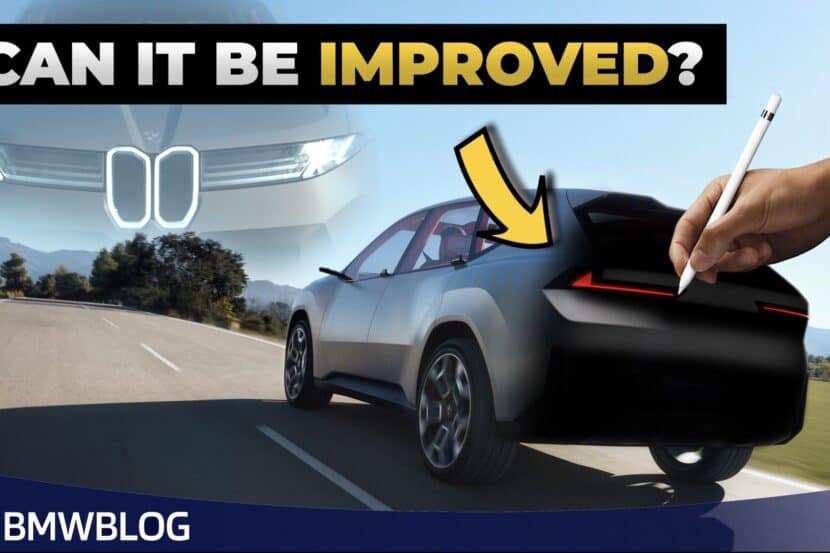When it comes to the three German premium manufacturers – BMW, Audi and Mercedes-Benz – they all share similarities and deep differences in a wide array of fields. One of the most discussed differences between them, and highlighted more prominently in recent years, is the way their all-wheel drive systems work. The reason for this heated debate hides in the SUV craze that has taken over the world these days. So, what’s better: BMW xDrive or Audi quattro when it comes to getting out of slippery situations?
The video below tries to find an answer but, truth be told, no matter what it suggests, the debate will keep going. Fans of either camp have been going at it since BMW introduced xDrive for the first time and chances are the discussions will keep going over the years. But in order to understand what we’re looking at, we need to understand how both of these systems work and how they are different, starting with the philosophy behind them.
BMW’s xDrive system is now split into two categories, depending on the platform the car using it is being built on. For cars built on the UKL platform such as the new X1, the all-wheel drive system is sending power to the front wheels most of the time, while sending some to the rear axle when slippage is detected. That’s a simplified way of putting things but overall explains how that xDrive system works.
For cars built on the CLAR platform, the xDrive system is set up to be RWD biased. Most of the power is sent to the rear wheels while an intelligent electronically controlled multi-plate clutch sends power to the front axle in case the car’s sensors detect it needs to do so. It uses a computer to analyze the road conditions every 0.1 seconds and can send up to 100 percent of the car’s power to one axle. This system is the one used on the BMW 530i xDrive model shown in the video below and, as we can see, it works pretty well. All BMW SUVs are also using this system nowadays, except for the X1 and X2.
As for Audi, quattro systems initially used a mechanical setup that would have the power equally split between the two axles. The Torsen technology initially used meant that the car would send equal amounts of power from the engine to the two axles but would switch the proportions if slippage was detected on one of the wheels. Torque would then be sent to the axle which needed it the most, which is where the name actually came from. Today’s systems are more complicated and on most cars have merged into a complex version of the Haldex solution which can be implemented on models with transverse engines whereas Torsen can only be used on cars with longitudinally mounted units.
Nevertheless, the video below shows some drawbacks of Audi’s current all-wheel drive solutions. Truth be told, the comparison isn’t exactly fair as the Audi A6 shown here is an older generation car compared to the 5 Series it’s going up against. Since today most of the work is being done by sensors, the advantage the BMW shows here may be down to the newer tech. It’s an interesting comparison, nonetheless.






































































